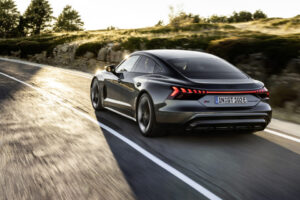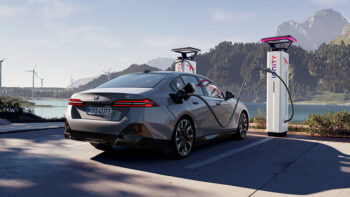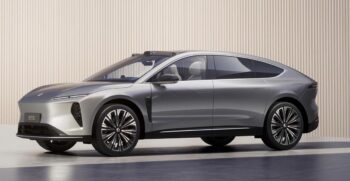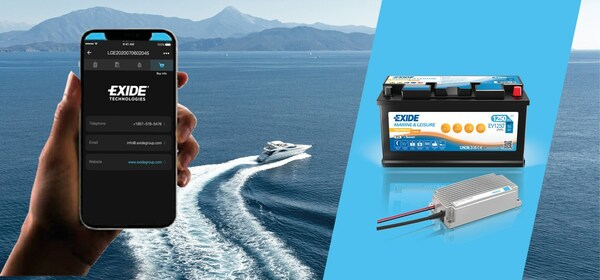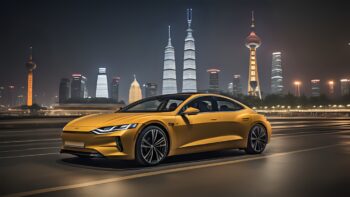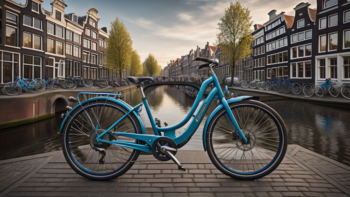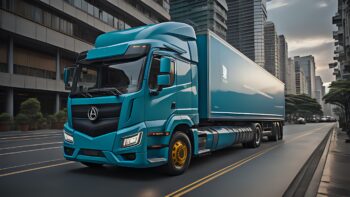EV-Batteries are one of the most expensive components of Electric Vehicles.
Lithium to lithium, manganese to manganese
In the future, the Volkswagen Group will offer e-mobility for all – and will assume overall responsibility: from e-vehicle concepts, through production, sales and operations, and on to recycling. To this end, Volkswagen Group Components in Salzgitter is currently setting up its own pilot plant for battery recycling.
For many decades and until recently, batteries were regarded as hazardous waste. They can actually serve as valuable sources of raw materials. That’s why the newly founded Volkswagen Group Components is already working on a recycling concept for batteries. The aim: to return valuable raw materials to the manufacturing process chain.
“For ten years now, we in the Volkswagen Group have been researching how we can recuperate valuable raw materials. These include, above all, nickel, manganese, cobalt and lithium,” explains Thomas Tiedje, Head of Technical Planning, Volkswagen Group Components, E-mobility division. Another reason why multiple use of these four raw materials in particular is so important and useful is that their extraction and use is crucial for a company’s carbon footprint. And, apart from this, multiple use helps to save costs and preserve raw materials.
The Volkswagen Group will assume overall responsibility for its e-mobility of the future: from e-vehicle concepts, through production, sales and operations, and on to recycling. “We already have sustainable battery expertise in the Group and are developing this further,” says Tiedje. For months now, the management and workforce at the components plant in Braunschweig have been preparing for the high-voltage era. The first “power plants” for the I.D. electric car family are to leave the plant at the end of 2019.



These batteries will then be delivered to the assembly plants – mainly to Zwickau at the start. This is where production of the I.D. will also kick off at the end of 2019. Other sites and vehicles for the electric era, such as the SUV I.D. CROZZ, the sedan I.D. VIZZION and the lifestyle minivan I.D. BUZZ, will later be supplied with batteries from Braunschweig.
The Group’s first pilot plant for battery recycling is being created in Salzgitter
In parallel, Volkswagen Group Components is also building a pilot plant for battery cell production at its plant in Salzgitter, together with the “Center of Excellence” for batteries. In 2020, a pilot recycling plant will be set up in Salzgitter, where the experience gained to date from research within the Group will be incorporated and applied in practical ways. Batteries can be recycled here as early as 2020 – initially 1,200 tons per year. This corresponds to 3,000 vehicle batteries. A further increase in capacity is envisaged for subsequent years. However, large quantities of battery returns are not expected until the end of the 2020s in any case. That is when the first large proportion of e-vehicles (which will be sold in greater volumes starting in 2020) will have reached the end of their working life.
What happens during battery recycling?
So, what happens during battery recycling? First, the returns will be analyzed according to specially defined testing criteria. After that, there are two paths: either the battery is given a so-called “second life” or it is recycled.
One possible second life for batteries is as a component for flexible charging stations. These are quick charging stations which can be operated autonomously, for example at festivals or large-scale events. They work according to the principle of a power bank, which is familiar to most people from cell phones. Alternatively, the quick charging stations are equipped with power connections and thus provide e-drivers with a quick charging option on long trips along freeways and national highways. Batteries in a “second life” are ideally suited to all such applications.
Every battery is optimally utilized
Batteries that are not given a second life will be recycled by the staff at Salzgitter. In this process, the individual battery parts will first be shredded, then the material will be dried and sieved, allowing the employees at Group Components to extract the so-called “black powder.” This contains the valuable raw materials of nickel, manganese, cobalt and lithium. These materials then just have to be separated individually, after which they are immediately available again for the production of new batteries.
Valuable materials are recovered
The plant in Salzgitter is a pilot project. This is chiefly because the disposal and procurement of valuable raw materials is always very expensive. The Group would have to spend a lot of money, both for procurement and for disposal of the raw materials. “So we prefer to recycle it ourselves and qualify our employees to do this, especially since we expect large batch sizes in the future,” says Thomas Tiedje.
The pilot plant in Salzgitter is to be followed in the next few years by further decentralized recycling plants. Not only will they ensure a clean environment, they will also be interesting to the Volkswagen Group for economic reasons.
In the long term, the Volkswagen Group has set itself a very ambitious goal: to recycle 97 percent of all raw materials. Today, it is 53 percent, and the pilot plant in Salzgitter will bring this figure up to 72 percent. There is still some way to go before reaching the grand target of 97 percent. Even if a lot of small steps are necessary, it all serves an overarching agenda: the Volkswagen Group is doing everything it can to make e-mobility sustainable.
Source: Article, All Pictures and Images : Volkswagen AG
